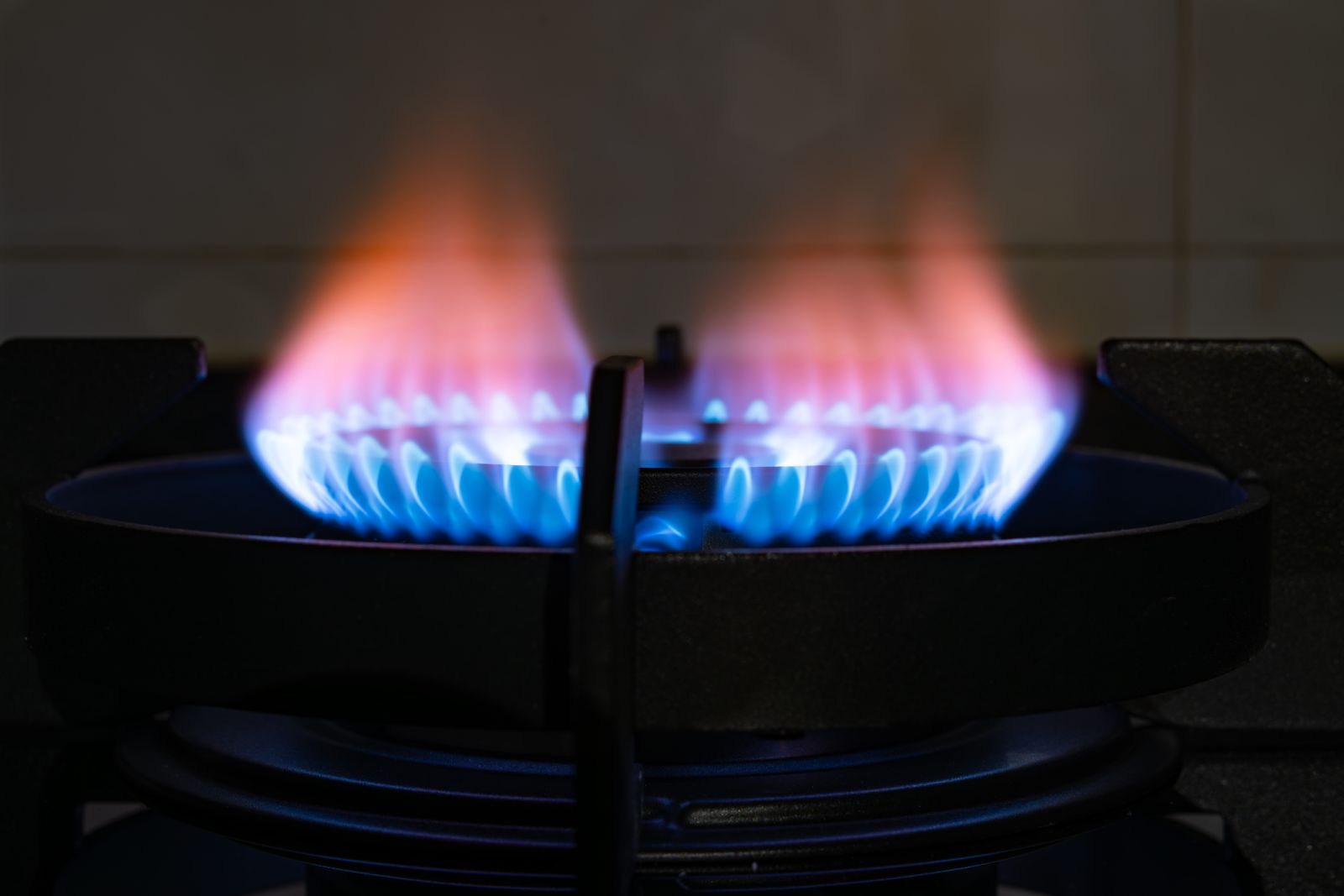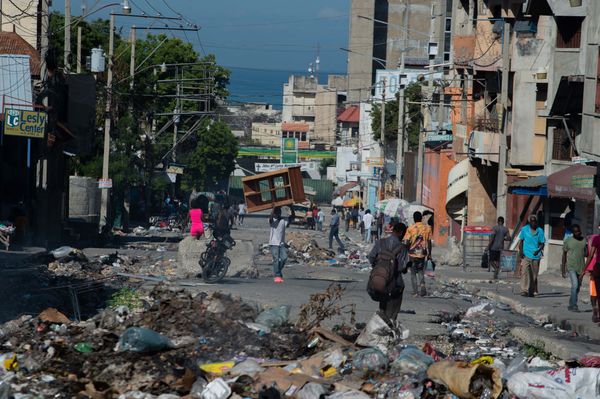
February Nymex natural gas (NGG25) on Friday closed up by +0.082 (+2.08%).
Feb nat-gas prices Friday erased early losses and moved moderately higher after midday weather reports showed long-term US forecasts cooling for the center part of the country, which will increase heating demand for nat-gas. Forecaster Maxar Technologies said Friday that US forecasts shifted colder for the western and central parts of the country from February 3-7.
Last Monday, nat-gas prices soared to a 1-year nearest-futures high as an arctic blast sent temperatures plunging across the US, leading to a surge in heating demand and reducing inventories.
Lower-48 state dry gas production Friday was 103.3 bcf/day (-0.5% y/y), according to BNEF. Lower-48 state gas demand Friday was 121.3 bcf/day (+33.3% y/y), according to BNEF. LNG net flows to US LNG export terminals Friday were 13.3 bcf/day (-12% w/w), according to BNEF.
A decrease in US electricity output is negative for nat-gas demand from utility providers. The Edison Electric Institute reported Thursday that total US (lower-48) electricity output in the week ended January 18 fell -7.35% y/y to 87,343 GWh (gigawatt hours), although US electricity output in the 52-week period ending January 18 rose +1.86% y/y to 4,181,320 GWh.
Thursday's weekly EIA report was slightly bearish for nat-gas prices since nat-gas inventories for the week ended January 17 fell -223 bcf, a smaller draw than expectations of -247 but a much bigger draw than the 5-year average draw for this time of year of -167 bcf. As of January 17, nat-gas inventories were up +1.3% y/y and were +0.7% above their 5-year seasonal average, signaling ample nat-gas supplies. In Europe, gas storage was 59% full as of January 20, below the 5-year seasonal average of 67% full for this time of year.
Baker Hughes reported Friday that the number of active US nat-gas drilling rigs in the week ending January 24 rose +1 to 99 rigs, modestly above the 3-1/2 year low from September 6 of 94 rigs. Active rigs have fallen since posting a 5-1/4 year high of 166 rigs in Sep 2022, up from the pandemic-era record low of 68 rigs posted in July 2020 (data since 1987).







